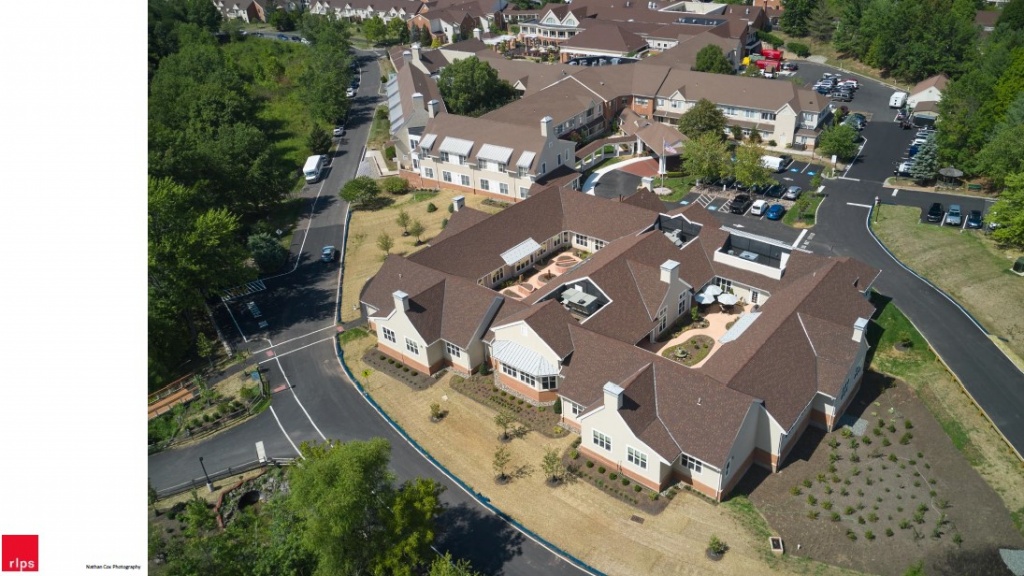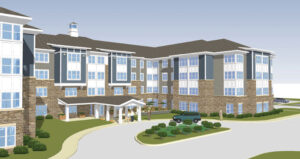As healthcare infrastructure investor Welltower highlights, the senior housing market presents a unique investment landscape, shaped by significant supply and demand imbalances and a crunch in available capital. In recent years, senior housing has faced a dynamic shift. The COVID-19 pandemic severely affected the sector, with high mortality rates and shutdowns leading to a dramatic drop in occupancy. However, as the pandemic subsided, demand surged unexpectedly, driven by the aging baby boomer population.
This resurgence in demand contrasts starkly with the construction trends where new unit developments have not kept pace, falling to levels seen at the start of the last decade. Financially, the situation is further compounded by challenges in the debt and equity markets. Many senior housing funds are finding themselves out of alignment with financial promotes, pushing asset sales and capital returns. Meanwhile, loan underwriters are increasingly focusing on the financial health of sponsors amid rising defaults and tighter credit conditions.
As demand has increased, supply continues to fall. The pre-Covid average of construction was about 7,000 units a quarter. Quarterly construction at the beginning of 2010 was less than 3,000 units. From 2016 to 2019, that average was closer to 9,000 units a quarter with some peaks of about 12,000. By the first quarter of 2024, the figure was back to 2010 levels, a 75% decline from peak numbers.
This backdrop creates a pressing need for new investments and developments, yet it poses considerable challenges due to tighter financing conditions and significant upcoming loan maturities in agency lending. This scenario sets the stage for potential distressed sales and opportunities for well-capitalized investors to step in. As the market evolves, these dynamics underscore the critical need for strategic approaches to capital management and development in the senior housing sector.






